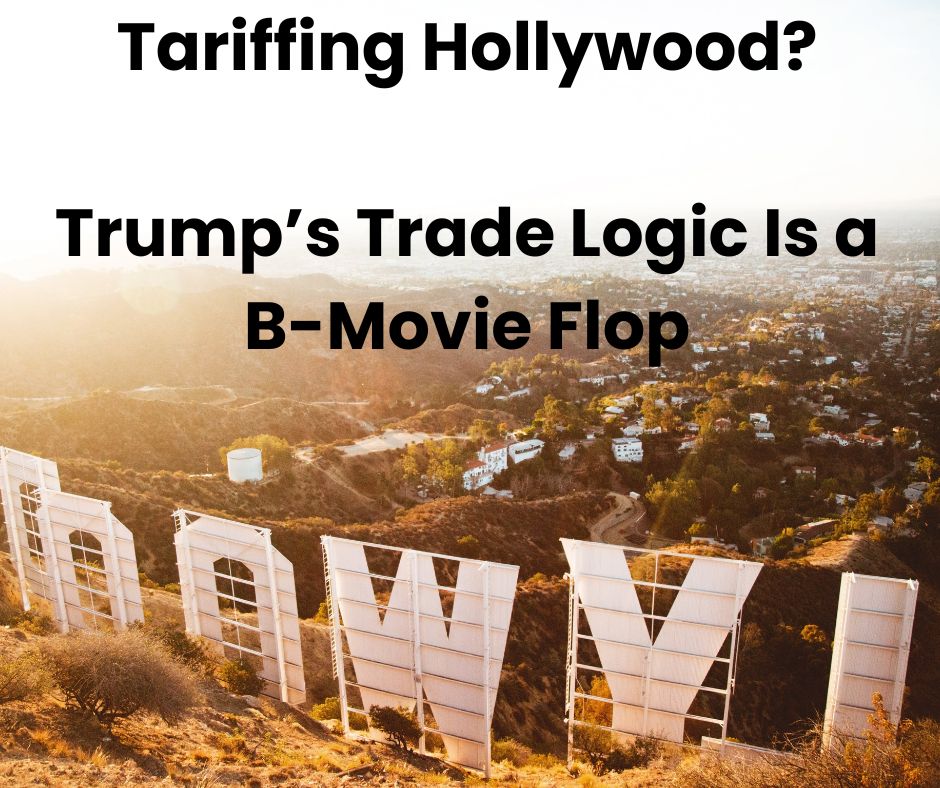Tariffing Hollywood?

Donald Trump keeps repeating his greatest hits: “I set the deal. I do the deal. I’m doing the deals.”
Same line, same bravado—as if saying it enough times turns fiction into fact. But trade doesn’t work that way, especially with countries that have already learned how the show ends.
Now comes his latest plot twist: tariffs on movies made overseas.
Not goods. Not commodities. Movies.
The justification? Countries like Canada, Australia, and the UK offer tax incentives to lure U.S. film productions. In Trump’s world, that’s cheating—and deserving of punishment when those films return to the U.S. market.
Here’s the problem: you can’t tariff a movie.
Movies aren’t products in shipping containers. They’re services—protected under the WTO’s General Agreement on Trade in Services (GATS). They’re distributed through licensing, co-productions, and digital platforms.
And the practice he’s railing against—foreign production incentives—isn’t new, unfair, or uniquely foreign. The U.S. does it too. States like Georgia, California, and Louisiana have long offered the same deal. Calling it “unfair” is like bidding on your own house, losing, and then fining the buyer.
But here’s the catch: Trump likely knows this.
This isn’t really about policy. It’s a bargaining chip—a tactic designed to pressure trading partners into making concessions. Possibly not even about films at all, but about unrelated targets like digital services taxes imposed on U.S. tech firms abroad.
In that sense, it’s more comparable to a tariff on goods—a tactic to provoke a reaction and extract a deal quickly, before the economic cost of the move starts to hurt U.S. markets and global competitiveness. Trump is betting on a narrow window of impact—just long enough to trigger a concession, not long enough to trigger a recession.
But if he ever actually followed through? It would backfire.
Hollywood—still the world’s largest film producer—outsources major chunks of its own productions.
Visual effects in London. Location shoots in Queensland. Studio builds in Eastern Europe. If foreign-made U.S. films were penalised, U.S. studios would be hit hardest.
And international partners? They wouldn’t blink. They’d build alternative alliances and shift distribution models—bypassing the U.S. altogether.